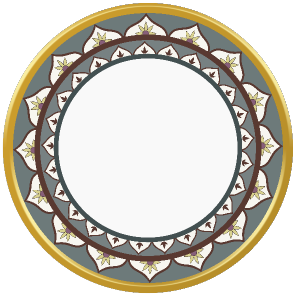

0


0

LIFESTYLE
By Saswati Borthakur
19 July, 2017
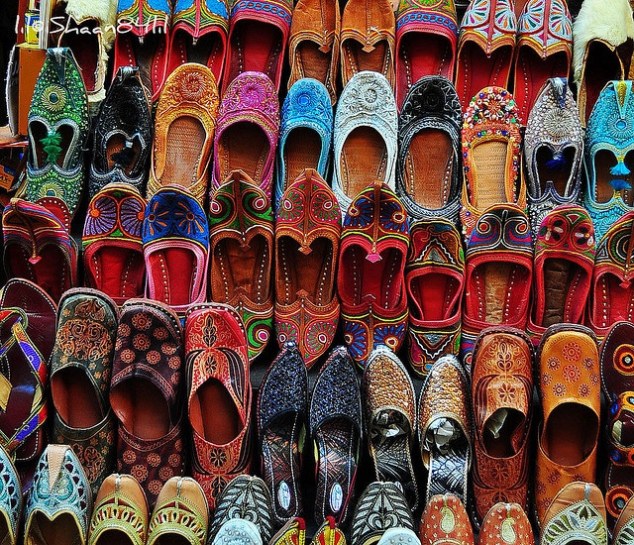
Rajasthan is about stunning colors against the backdrop of sloping sand dunes and also about magnificent palaces bearing testimony to a glorious and royal past. This state is also home to the once dying craft of Jawaja Leather Craft.
Jawaja has been perfected for over 300 years now. This craft was given a new lease of life by the efforts of Mr. Ravi Matthai of IIM Ahmedabad and Mr. Ashoke Chatterjee of NID Ahmedabad.
Let's take a look at the beginning & rebirth of this unique craft.
The Experts: Traditionally, the Regar community, who lived in and around the town of Beawar, were engaged in this craft and was their main occupation.
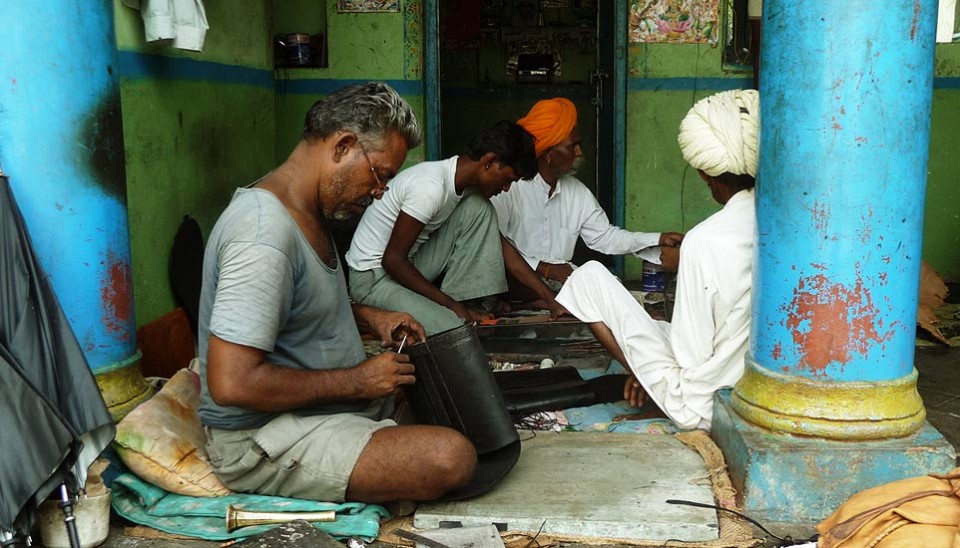 Men at work.
Men at work.
Unique Selling Proposition: The main USP of this technique is that each process, from tanning of the leather to the finished product is all done by hand. It is a laborious process but the end product shows the labor that went into making it.
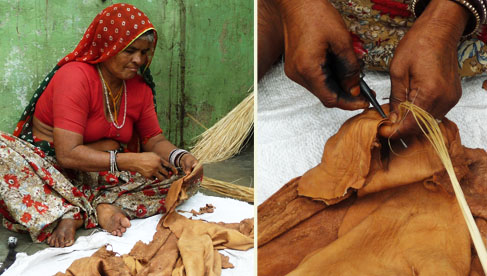 Jawaja is a laborious process.
Jawaja is a laborious process.
Labour Of Love: The artisans' source raw buffalo skins from nearby towns. These are then soaked for 15-20 days in a solution of lime and sodium sulphate. The solution is changed 15-20 times, which makes the hide ready to use. The tanning incorporated is veg-tanning. The edges of the hides are stitched together with a local variety of grass, known as 'moonj'.
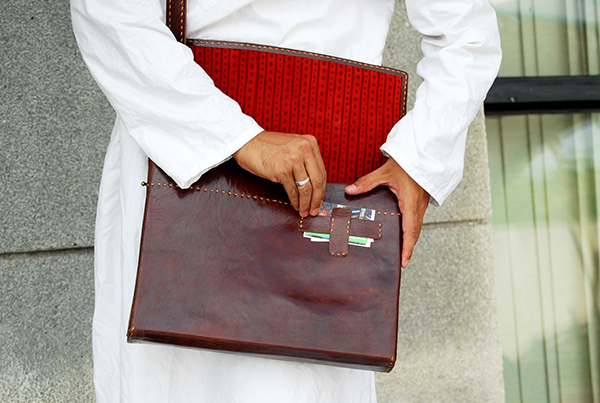 Jawaja leather bag
Jawaja leather bag
Objects of Desire: Once the hide is ready for use, the men and women turn them into beautiful pieces. One unique trait of these handcrafted items is that instead of threads, the pieces of leather are stitched together with leather strips, by punching holes. These stitches have a diamond pattern that adds to the charm of the finished products.
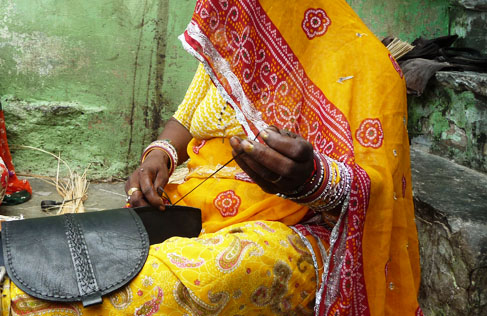 jawaja-stitching
jawaja-stitching
Popular Designs: Traditionally, these artisans made jootis, mojaris, men shoes, jackets and simple bags and satchels, kuppis(water jugs) etc, adorned with beautiful embroidery. After the craft was revived, the designs also underwent changes. Jawaja Craft is now used in making Laptop Bags, Designer Handbags and shoes, lampshades, book covers etc.
 Leather jootis
Leather jootis
Jawaja Craft has been fortunate not to have died down unlike many traditional crafts. It has evolved and adapted to the changing times. It is in great demand the world over. It is like a little piece of India's heritage that has the world swooning over!